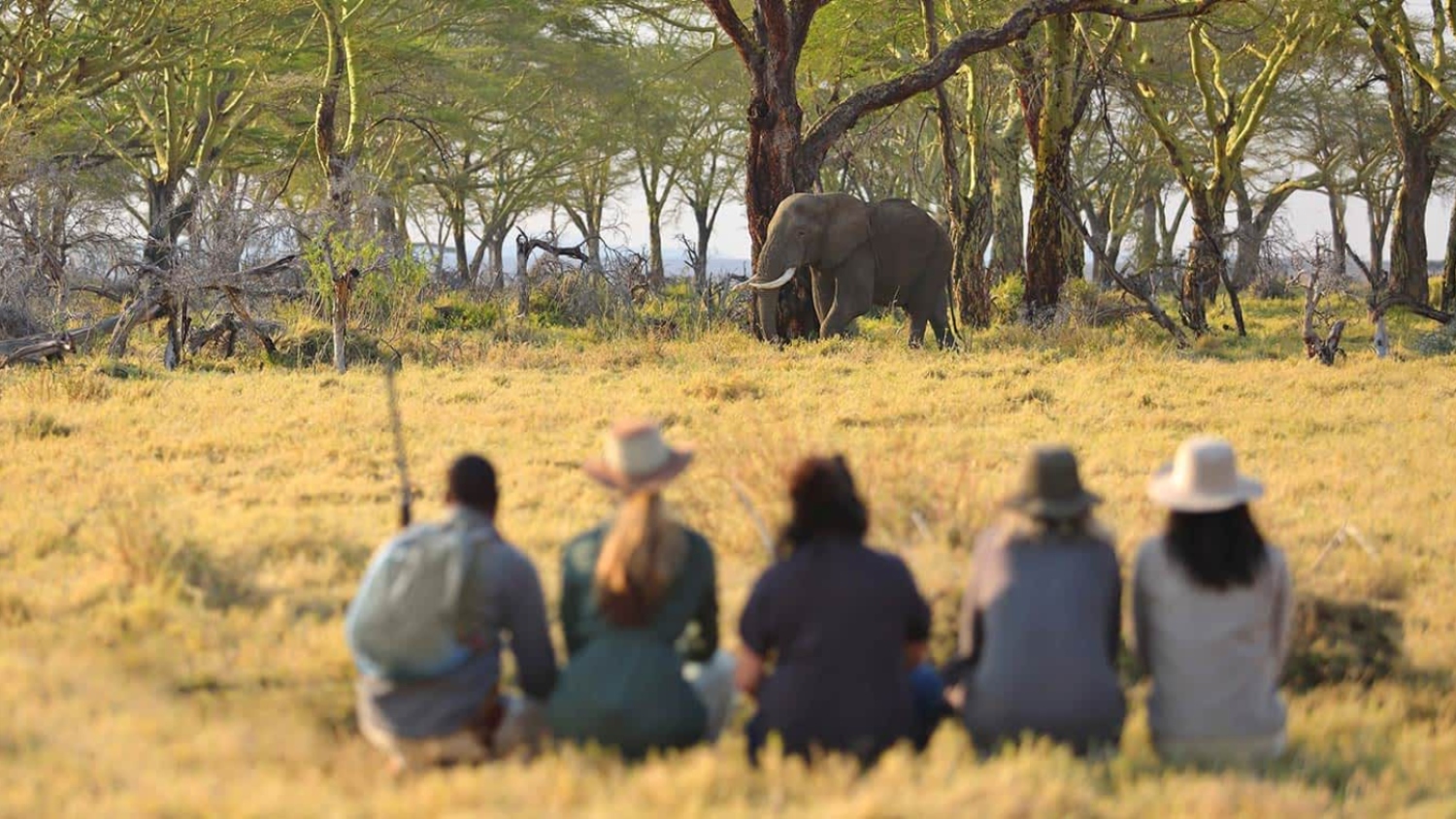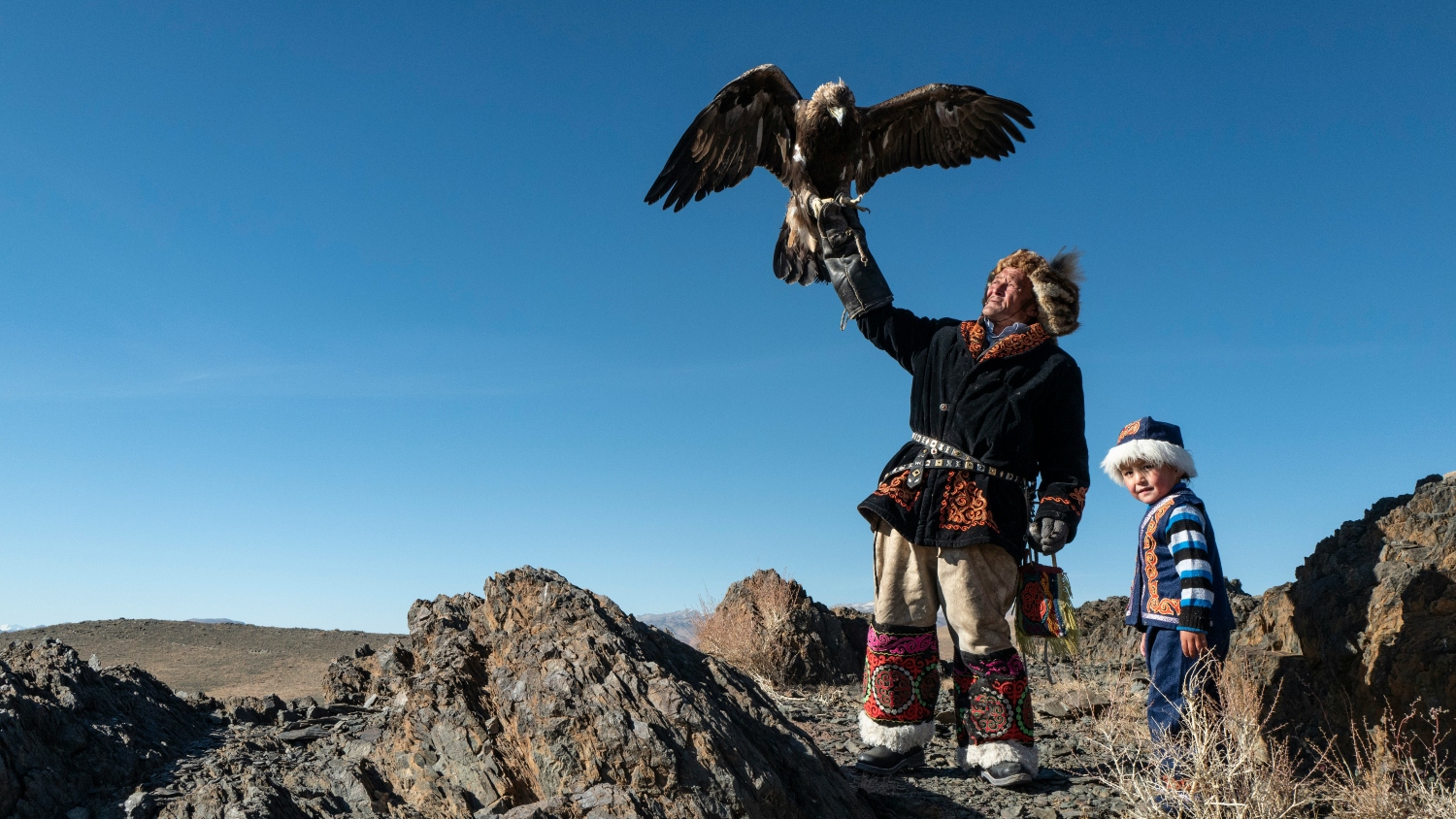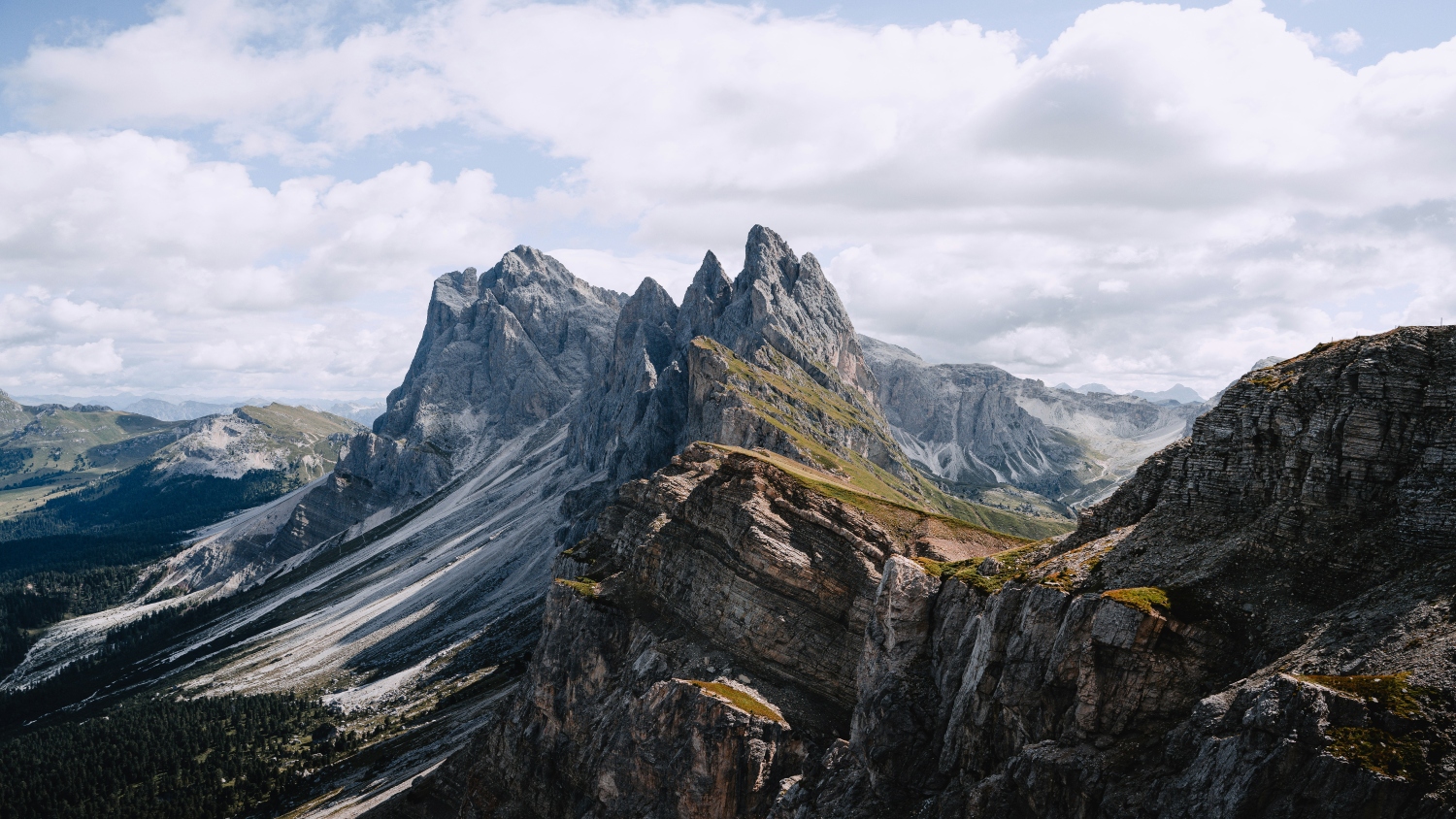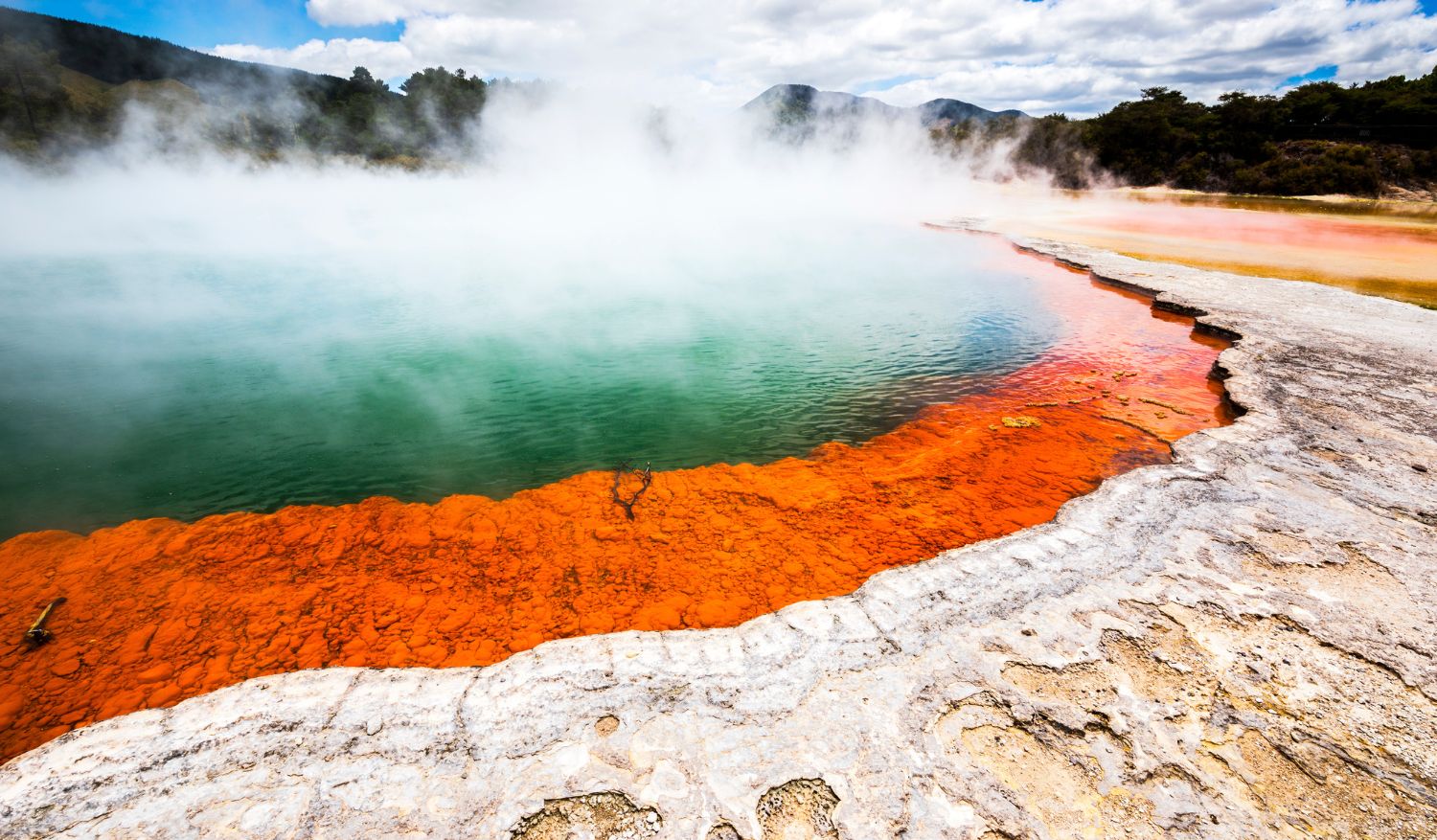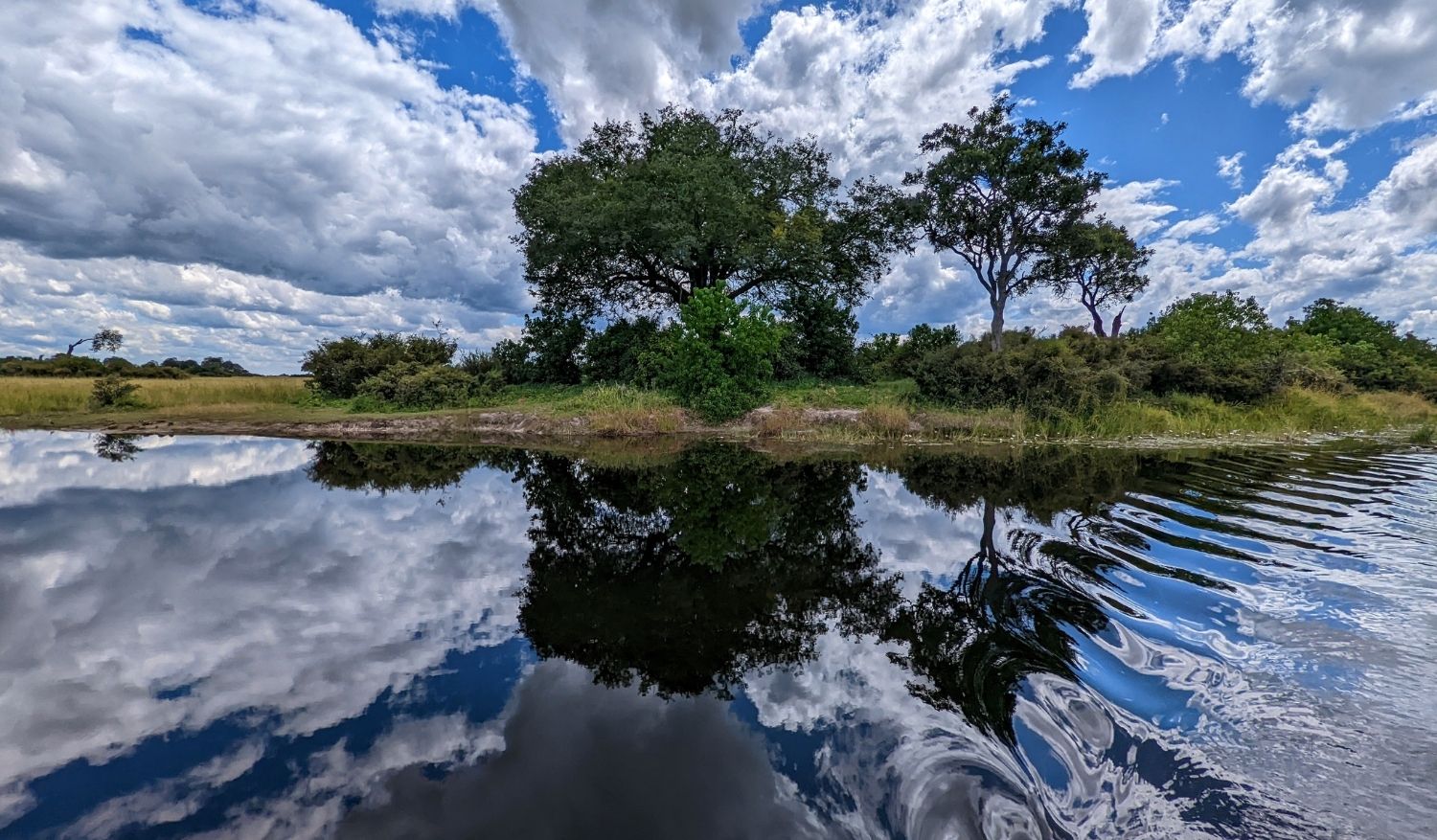We often hear about the Big 5 of South Africa, but how did this come about? Originally, the term “Big 5” was coined in the context of trophy hunting in Africa, representing the five most challenging and dangerous animals to hunt on foot: the lion, leopard, elephant, buffalo and rhinoceros. The name is derived from the difficulty and danger these animals posed to hunters.
Over time, as attitudes shifted towards wildlife conservation, the Big 5 have become emblematic, drawing tourists and photographers on safaris. The term now signifies the importance of conserving these species, shifting from a hunting trophy context to one that promotes responsible tourism and the protection of these magnificent animals and their ecosystems.
Up until today, the Big 5 is still one of the most sought-after attractions for safari enthusiasts. Ahead, we have compiled five of our favourite reserves worth visiting while in South Africa.
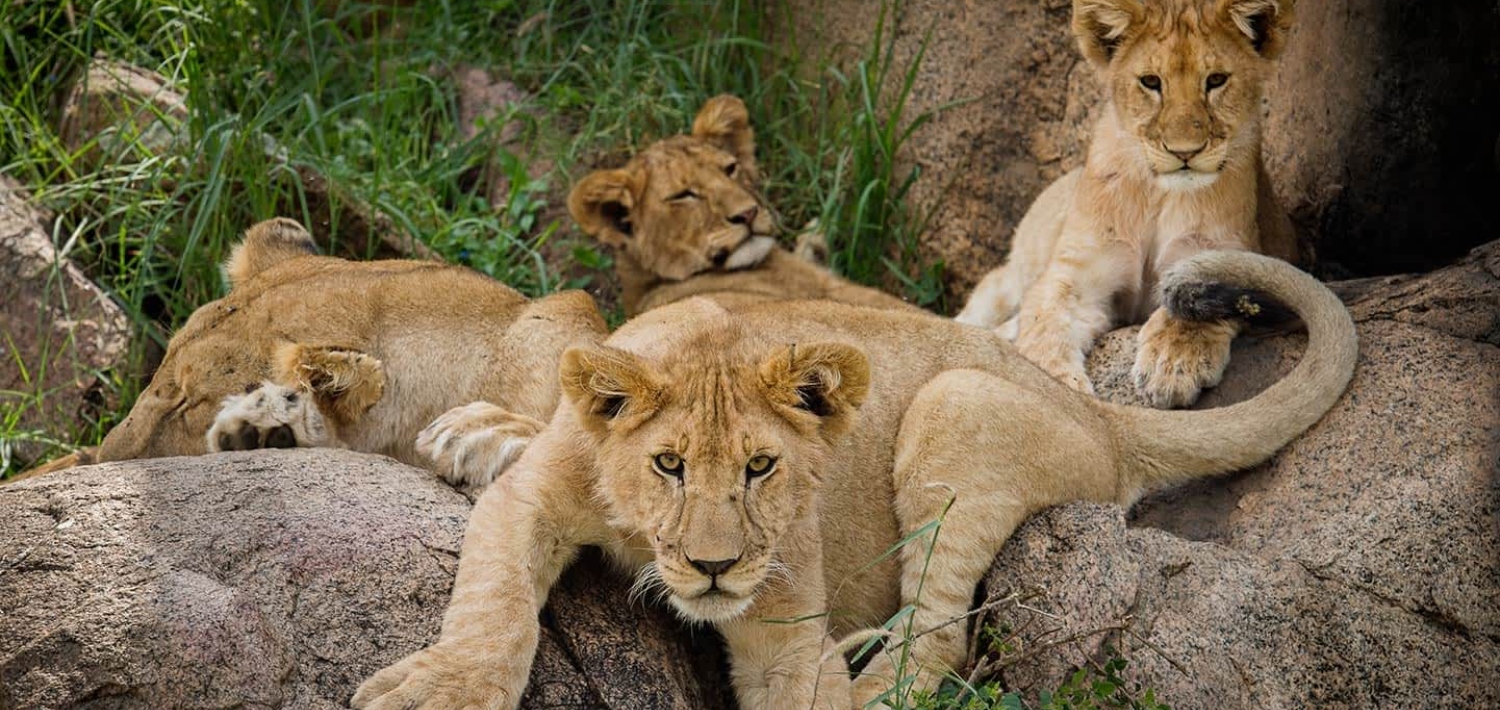
Serengeti National Park, Tanzania
Established as a UNESCO World Heritage Site in 1981, Serengeti National Park earned early recognition in the late 1950s for its unique and dynamic ecosystem. Today, its magnetic appeal lies in their vast unspoiled natural environment – being the only place where time seems to stand still, despite the thousands of animals constantly on the move. Apart from the iconic Big 5 roaming freely in their natural habitat, there is so much to discover at this beautiful reserve. With that being said, don’t be too surprised if you see, hear and feel the vibrations of wildebeest migrating over Acacia plains. Serengeti National Park is definitely an attraction not to be missed for safari enthusiasts as it is truly a magical destination no matter the season, all year round.
For more information on Serengeti National Park, click here.

Maasai Mara National Reserve, Kenya
Just like Serengeti National Park, Maasai Mara National Reserve also has one of the most incredible, diverse ecosystems. Stretching over 1,510 sq km and 1,500 meters above sea level, Maasai Mara National Reserve hosts over 95 different species of mammals and over 570 recorded species of birds. They even offer private conservancies for exclusive Big 5 sightings as well. Rumor is that chances of seeing lions on the hunt are high during the migration from August to November.
For more information on Maasai Mara National Reserve, click here.
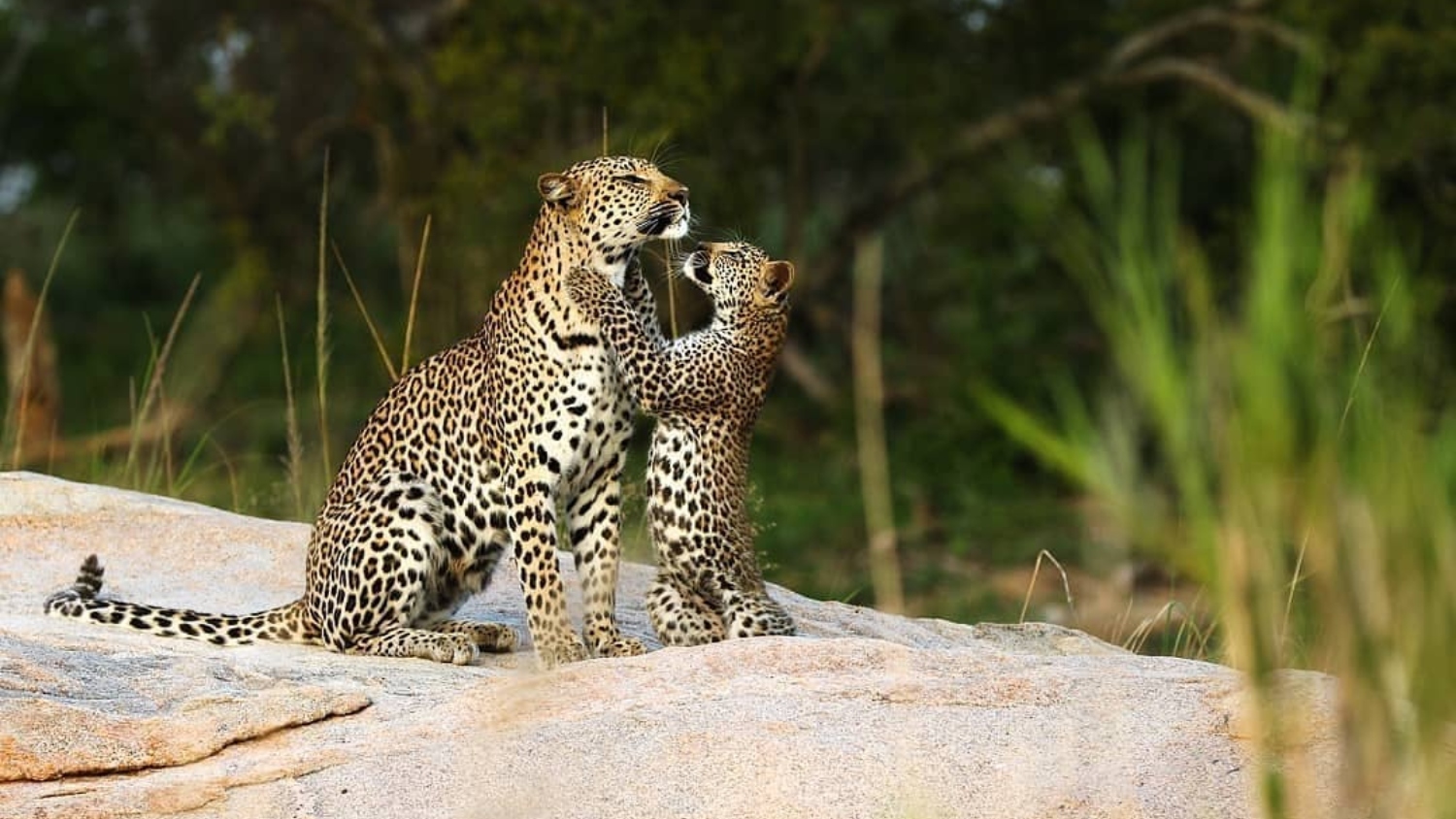
Kruger National Park, South Africa The Blue Lagoon
Another exciting safari destination to visit is the Kruger National Park with its breathtakingly vast landscapes and spectacular wildlife. If you are planning to travel in a group, Kruger National Park safari offers different packages for their visitors ranging from affordable group safaris to exclusive private safaris to luxury lodge safaris. Discover the Big 5 in the comfort of South Africa’s finest luxury accommodation.
For more information on Kruger National Park, click here.
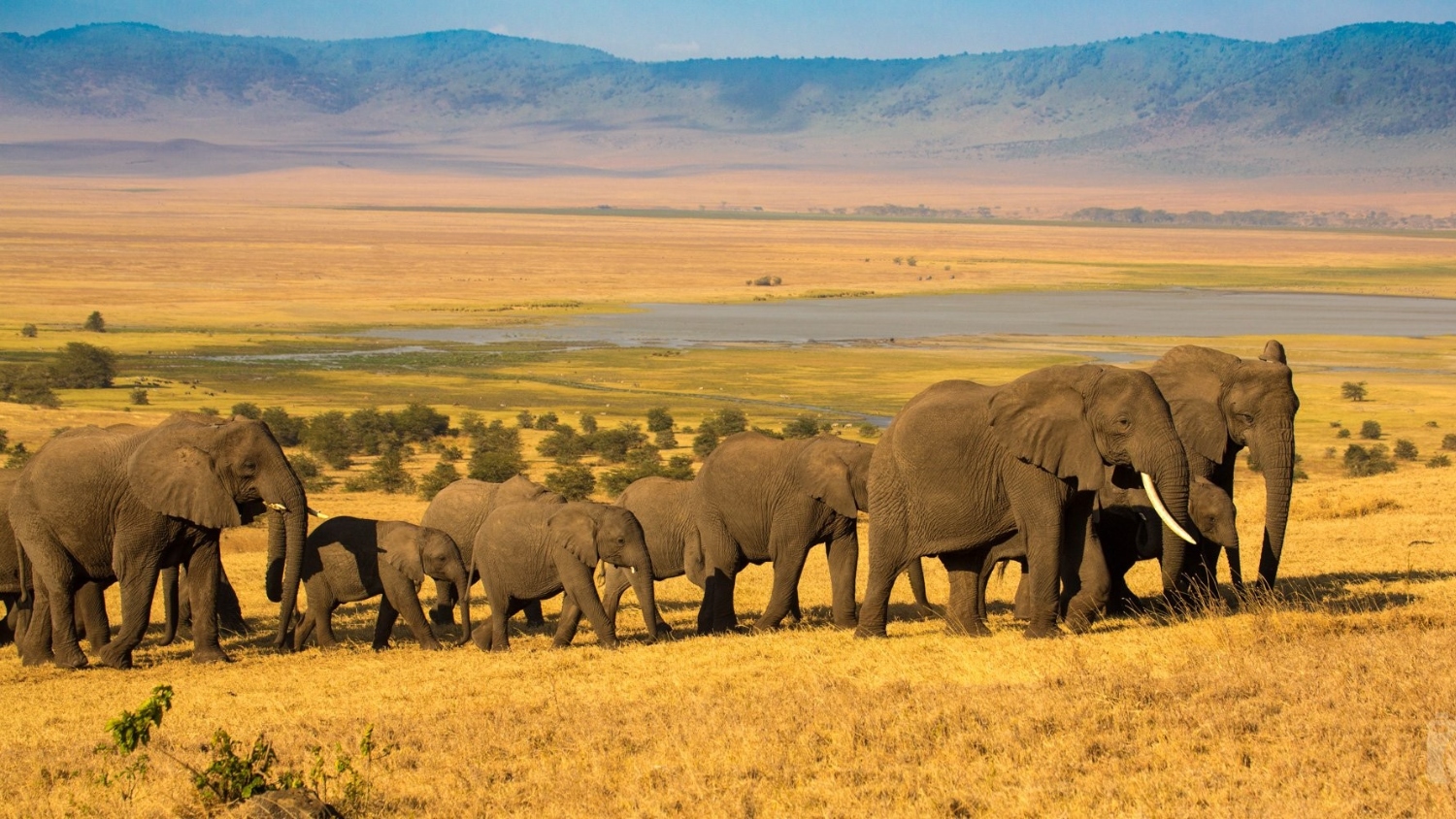
Ngorongoro Crater, Tanzania
The Ngorongoro Crater is part of the Ngorongoro Conservation Area, a protected region that spans over 8,000 km² and connects to the southern Serengeti National Park – a stunning natural wonder as well as a UNESCO World Heritage Site. A sequence of peaks and smaller volcanic craters dot the horizon of the Ngorongoro Crater resulting in breathtaking landscapes and a self-contained ecosystem. Key features of the Ngorongoro Crater include its high walls which serve as a natural enclosure for a wide variety of wildlife and its diverse habitats ranging from grassland to forest, providing a home to a high density of predators and non predators. Not forgetting the stunning scenery and the opportunity to see the Big 5, making the Ngorongoro Crater a superb attraction for wildlife enthusiasts.
For more information on Ngorongoro Crater, click here.
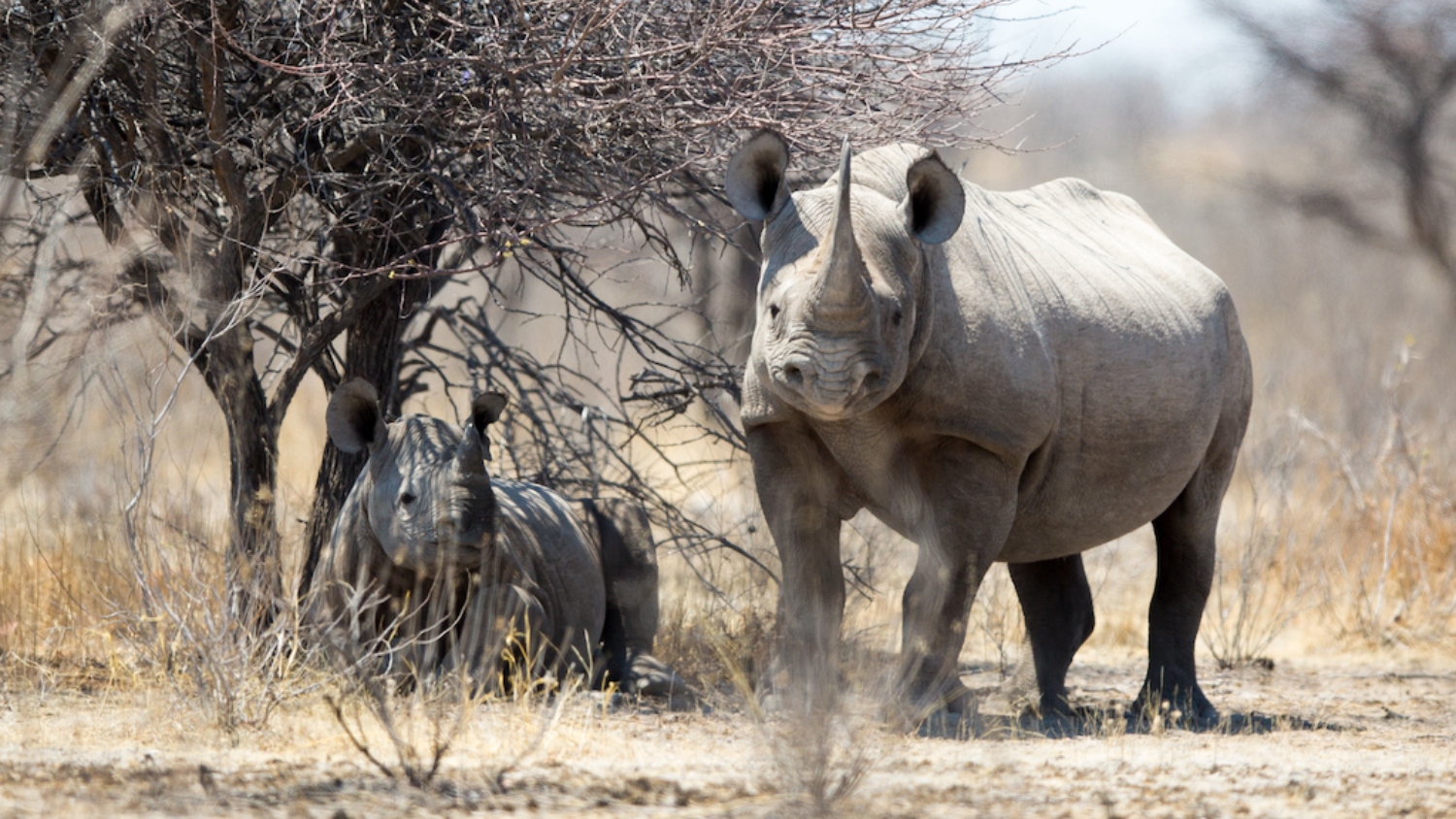
Etosha National Park, Namibia
Etosha National Park is renowned for its expansive salt pans, which transform into shimmering landscapes during the dry season, creating an otherworldly atmosphere – a haven for diverse wildlife. The park’s numerous waterholes attract a plethora of animals, providing exceptional opportunities for wildlife viewing and photography. Bird enthusiasts will appreciate the park’s rich avian life, with over 340 species recorded. The contrasting scenery, from the arid landscapes to the teeming waterholes, makes Etosha National Park a must-visit destination for those seeking a unique and immersive safari experience in a distinct Namibian setting beyond the allure of the Big 5.
For more information on Etosha National Park, click here.


